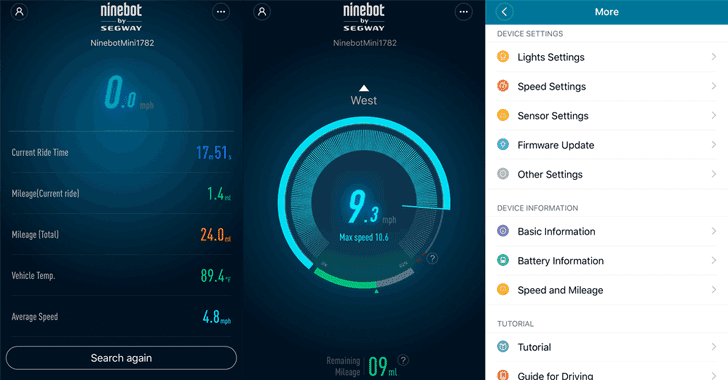Sky Firmware Update Hijack

Attackers often seek to change the server setting on your router, pointing it at a malicious DNS server. When you try to connect to a website — for example, your bank’s website — the malicious DNS server tells you to go to a phishing site instead. Buffer Overflow Attacks Pdf on this page.
Surveillance footage of the alleged thief who Portland Police believe stole Ricky Best’s backpack and wedding ring off his dead body (Screenshot from YouTube). Sep 2, 2016 - They found that firmware updates downloaded by the router were often not checked to make sure they originated from a legitimate source. This means that anyone who gained access to their traffic would be able to hijack the router to download their own malicious software. Keeping your software updated.
It may still say bankofamerica.com in your address bar, but you’ll be at a phishing site. The malicious DNS server doesn’t necessarily respond to all queries.
It may simply time out on most requests and then redirect queries to your ISP’s default DNS server. Unusually slow DNS requests are a sign you may have an infection. Sharp-eyed people may notice that such a phishing site won’t have HTTPS encryption, but many people wouldn’t notice.
Can even remove the encryption in transit. Attackers may also just inject advertisements, redirect search results, or attempt to install drive-by downloads.
They can capture requests for Google Analytics or other scripts almost every website use and redirect them to a server providing a script that instead injects ads. If you see pornographic advertisements on a legitimate website like How-To Geek or the New York Times, you’re almost certainly infected with something — either on your router or your computer itself. Many attacks make use of cross-site request forgery (CSRF) attacks. An attacker embeds malicious JavaScript onto a web page, and that JavaScript attempts to load the router’s web-based administration page and change settings. As the JavaScript is running on a device inside your local network, the code can access the web interface that’s only available inside your network. Pcsx2 Pnach Files.
Some routers may have their remote administration interfaces activated along with default usernames and passwords — bots can scan for such routers on the Internet and gain access. Other exploits can take advantage of other router problems. UPnP seems to be vulnerable on many routers, for example. How to Check. The one telltale sign that a router has been compromised is that its DNS server has been changed. You’ll want to visit your router’s web-based interface and check its DNS server setting. First, you’ll need to. Check your network connection’s gateway address or consult your router’s documentation to find out how.
Comments are closed.